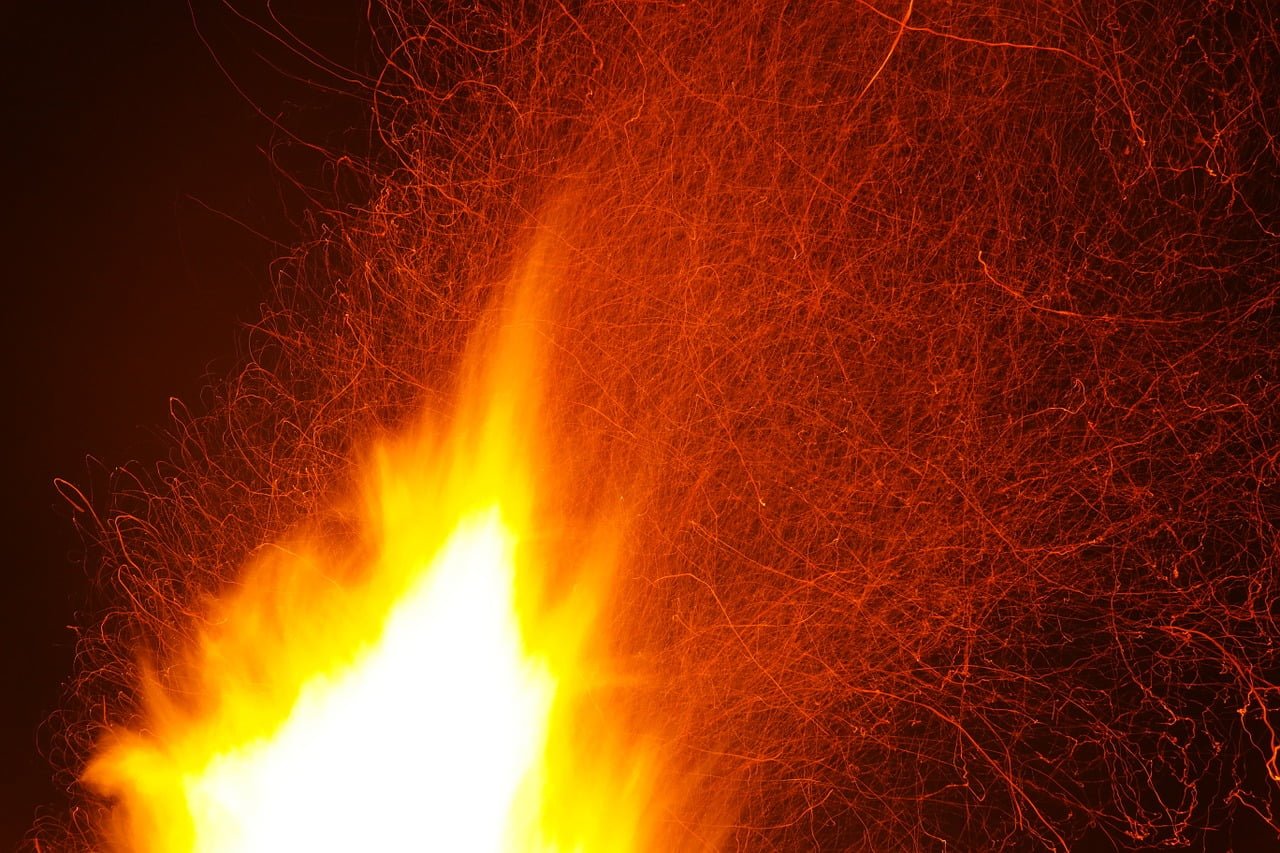China has built an artificial sun capable of reaching temperatures six times hotter than our solar system’s real sun. The Experimental Advanced Superconducting Tokamak, or EAST, reactor reached a temperature greater than 100 million degrees Celsius. That marks a major milestone in fusion technology, and scientists see it as a stepping stone toward fusion energy production.
Hefei reveals artificial sun
The EAST team at the Hefei Institutes of Physical Science, Chinese Academy of Sciences (CASHIPS) announced their achievement in a press release. Their experiment lasted four months, and it marks significant progress on China’s roadmap to producing tokamak-based fusion energy.
For their experiment, the scientists integrated four different types of heat energy: lower hybrid wave heating, electron cyclotron wave heating, ion cyclotron resonance heating and neutral beam ion heating.” By combining these four heat types, they were able to optimize the density of the plasma current.
“The power injection exceeded 10MW, and plasma stored energy boosted to 300 kJ after scientists optimized the coupling of different heating techniques, and utilized advanced plasma control, theory/ simulation prediction,” the Hefei team explained in a press release. “The electron temperature of the core plasma increased beyond 100 million degrees.”
Scientists have measured the core temperature of our solar system’s sun at a “mere” 27 million degrees Fahrenheit, so for a brief moment in history, China’s reactor burned at over six times hotter than our sun. The EAST reactor was built in 2006 and has often been referred to as an artificial sun over the years, according to China.org.
How China’s artificial sun works
Futurism explains how nuclear fusion could be used to create nuclear energy. Fusion involves combining two light nuclei. Nuclear fusion is not to be confused with nuclear fission, which occurs when a heavy nucleus is split. Both fusion and fission produce energy, but the way they go about it is slightly different. Our sun generates heat and light through nuclear fusion, and scientists have been trying to figure out how to harness this power.
Scientists have long been researching ways to produce an almost unlimited supply of green energy through nuclear fusion. Many believe tokamaks could enable them to do that. A tokamak is a machine which controls plasma using magnetic fields to create controlled fusion reactions.
This isn’t the first major milestone China’s artificial sun has achieved. The Chinese Academy of Sciences said last year that the EAST reactor set a new world record “in long-pulse H-mode operation.” The agency explained the new record as “achieving a stable 101.2-second steady-state high confinement plasma.” This milestone was important because the reactor held plasma in place for more than 100 seconds. According to Science Alert, the next step was to increase the temperature of the plasma, which scientists have now been able to do using China’s artificial sun.





